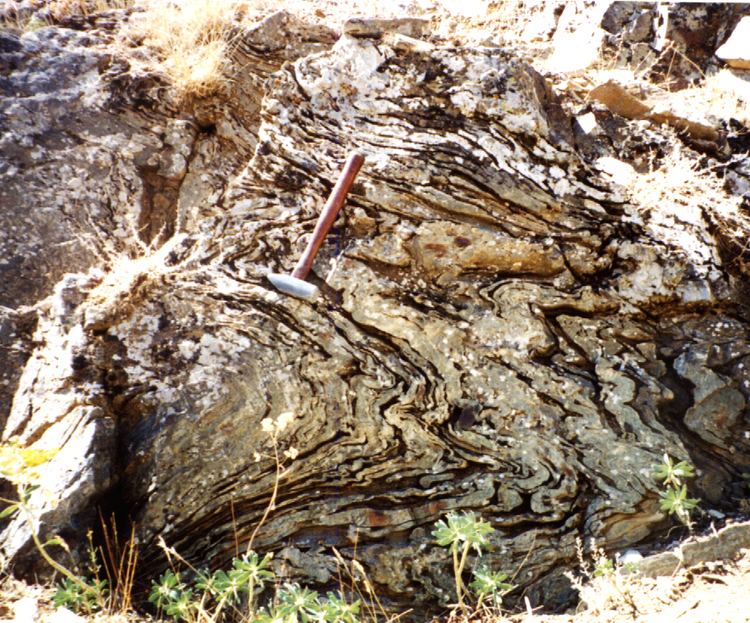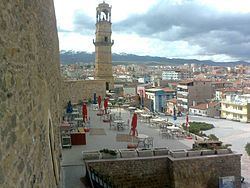Country Area 2,302.99 km2 | University Nigde University Mayor Faruk Akdogan (AKP) | |
 | ||
Turkey nigde 2013
Niğde is a town and the capital of Niğde Province in the Central Anatolia region of Turkey at an elevation of 1,300 m. In 2010 the population was 109,724.
Contents
Map of Niğde
The town is located between the volcanic Melandiz Mountains, which include the Mount Hasan stratovolcano near the city of Aksaray to the north, and the Niğde Massif to the south-southeast. The massif is a metamorphic dome that contains abandoned antimony and iron mines. Several marble quarries are currently active in the pure white crystalline marble of the massif.

One of the most historically important places in Turkey is near Nigde, the Gumusler cave church, in a small village close to central Nigde.
History
See Niğde Province for a summary of the history of the region, which goes back a long way. This is rich farmland near a number of ancient trade routes, particularly the road from Kayseri (ancient Caesarea) to the Cilician Gates. Settlers throughout history include Hittites, Assyrians, Greeks, Armenians, Romans, Byzantines and finally Turks from 1166 onwards. In the early Middle Ages, it was known as Magida, and was settled by the remaining inhabitants of nearby Tyana after the latter fell to the Arabs in 708/709. By the early 13th century Niğde was one of the largest cities in Anatolia. After the fall of the Sultanate of Rûm (of which it had been one of the principal cities), Niğde was captured by Anatolian beyliks such as Karaman Beylik and Eretna Beylik. According to Ibn Battuta, ruinous, and did not pass into Ottoman hands till the time of Mehmet II.
More recent immigrants include Turkish people from Bulgaria and other Balkan countries, who were settled here by the Turkish authorities in the 1950s and '60s.
Climate
Niğde lies on the borderline between a cold semi-arid climate and a dry-summer continental climate. Niğde has hot and dry summers and cold and snowy winters. Most of the precipitation is during late spring.
Niğde today
Nigde University opened in 1992 and is starting to bring more cultural and social amenities to what is essentially a large town with a very rural feel to it, providing schools, basic shopping, and other necessities to the surrounding villages. The city is small and there is still plenty of green space and gardens around the houses. The people generally tend to be religious and conservative.
